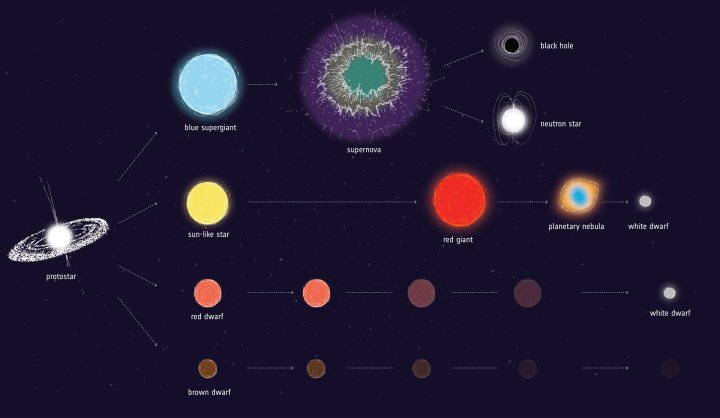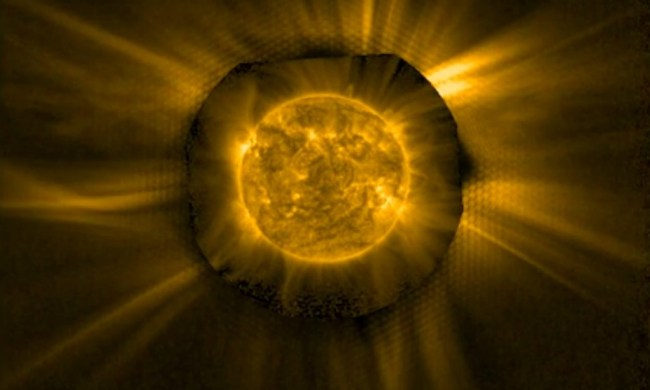Nothing in this world is forever — not even the sun in the sky. Recent research using data from the European Space Agency’s Gaia satellite has shed light on the eventual fate of our sun, which will puff up to become an enormous red giant, likely swallowing the Earth, before eventually dimming to a small, faint white dwarf.
Although astronomers have a strong understanding of the lifecycles of stars in general terms, the specifics of what temperatures stars reach and how long they take to transition from one life phase to another are still only loosely understood. To get a better picture of overall stellar evolution, data on hundreds of millions of stars observed by Gaia has been collated and analyzed to get a firmer understanding of what we can expect for the future of our own star.
Data from Gaia includes the spectra of vast numbers of stars, which show how light is split into different wavelengths and which can relate the chemical composition of a star to its temperature. Stars generally stay at around the same mass throughout their lives, but their size and temperature change considerably at different periods.
To understand our sun’s fate researchers looked at stars that are similar to our sun in terms of mass and chemical composition but of different ages. This gave them a plot of the likely past and future we could expect our sun to have.
“From this work, it becomes clear that our Sun will reach a maximum temperature at approximately 8 billion years of age, then it will cool down and increase in size, becoming a red giant star around 10–11 billion years of age,” the European Space Agency writes. “The sun will reach the end of its life after this phase, when it eventually becomes a dim white dwarf.”
ESA also shared this infographic, showing how different types of stars evolve over time:

Identifying stars similar to the sun is useful in the search for habitable exoplanets, as sun-like stars could host Earth-like planets. It can also help us to understand how typical or atypical our solar system is in a galactic context, said one of the researchers, Orlagh Creevey: “If we don’t understand our own sun – and there are many things we don’t know about it – how can we expect to understand all of the other stars that make up our wonderful galaxy.”



